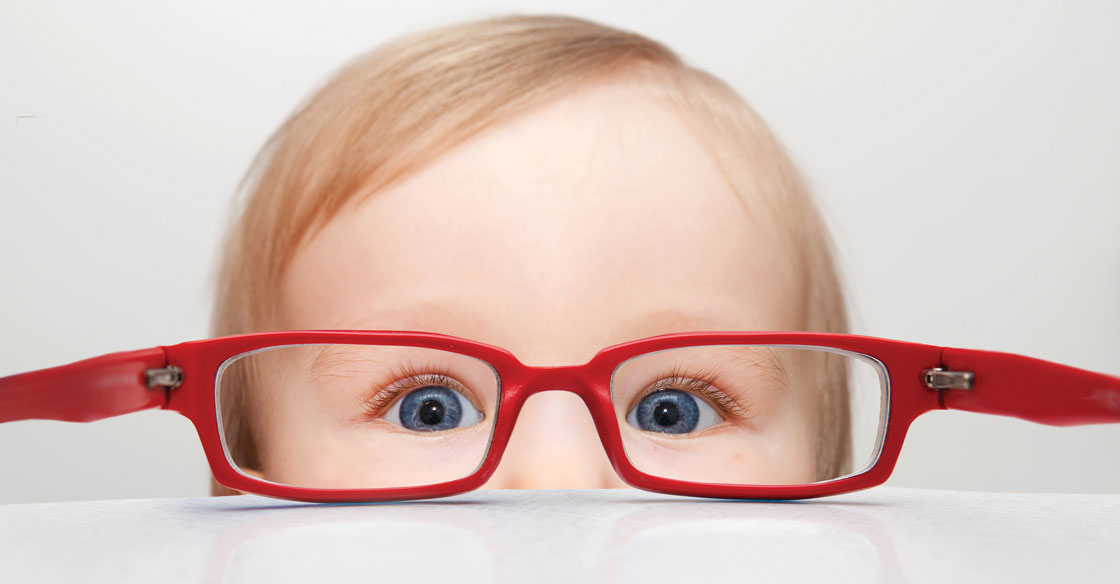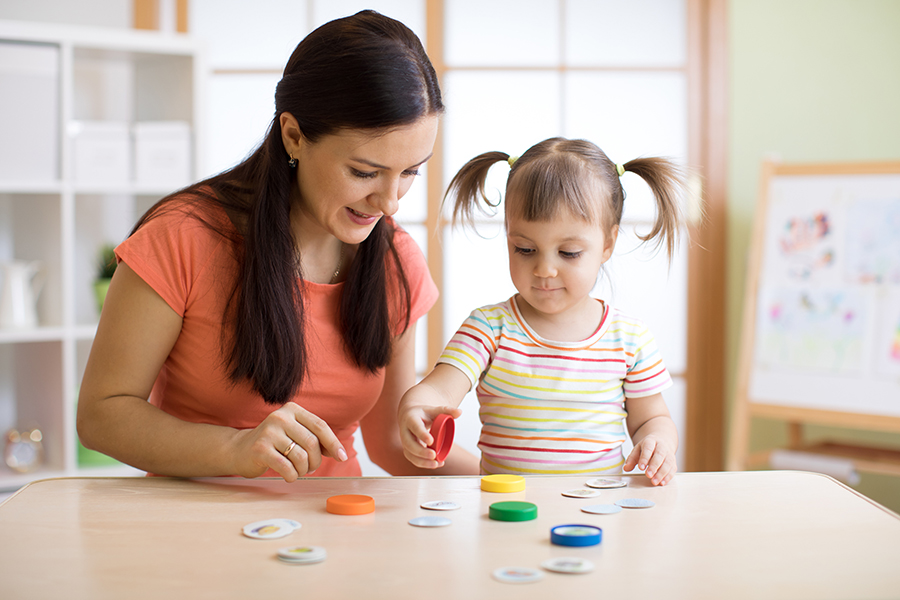Infant Vision Development – How A Baby’s Eye Evolves

Much like how babies learn to walk and talk, they also learn to see. Babies are not actually born with all their visual abilities and simple things we take for granted like focusing our eyes or tracking movement. More importantly, infant vision revolves around how babies process visual information to understand what’s going on around them and how to interact in the world. This short guide is key to understanding how infant vision works and how best take care of your young child’s eyes.
Birth: Light and Focus
The biggest change for a baby is getting used to lighting adjustments. A newborn can actually see things in peripheral vision but is still developing how to focus on central focus. Over the first few weeks, the pupils widen and they begin to discern color patterns where large shapes and bright colors will begin to attract attention.
Months Two to Four: Tracking Objects
In the first two months of baby development, their vision begins to develop so that the eyes begin to coordinate and work together. By around two months of age, babies will be able to follow moving objects with improved accuracy and by three months should be able to work together to track objects and focus.
Months Five to Eight: Processing Information and Memory
By five months, infant vision has improved to where they are seeing the world in three dimensions more accurately and have developed depth perception. By this point, they have significant color perception ability (though not quite as much as adults). In this stage of development, a baby may be able to recognize their parent from a distance of ten to twenty feet and possibly even remember objects even if they have only seen certain parts of it.
Months Nine to Twelve: Putting it all Together
Around this point, everything starts coming together and your baby has probably begun crawling or even taking steps to walk. By now, their vision and hand-eye coordination have improved to the point where they can grasp something between their thumb and index finger. Also, by around nine months their eyes will have reached their final color.
Infant Vision: Your Baby’s Development
Infant vision development is the key to your baby’s growth. As they progress through these stages they’ll be able to take on new tasks and begin to learn other skills crucial in life. To make sure your child’s vision is developing properly, you’ll want to be sure to watch for signs of eye problems, particularly delays in tracking objects or inward or outward turning eyes. It’s also a good idea to bring your infant in for a comprehensive eye exam. Your doctor can check to be sure your baby’s eyes are developing properly. Contact one of our specialists today and see how they can help not just your baby, but you as well. From an infant vision test to finding the perfect eyeglasses for you, we can help you and your child sees more clearly and lives better.

